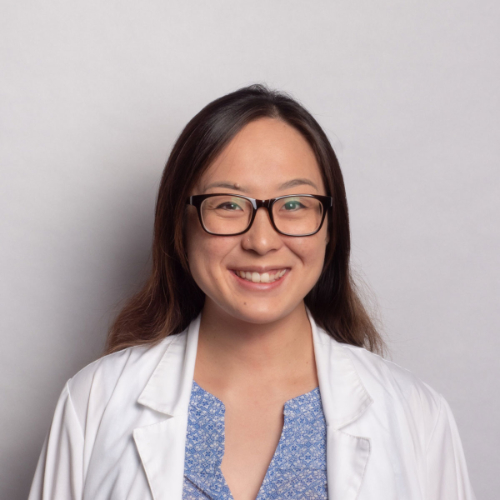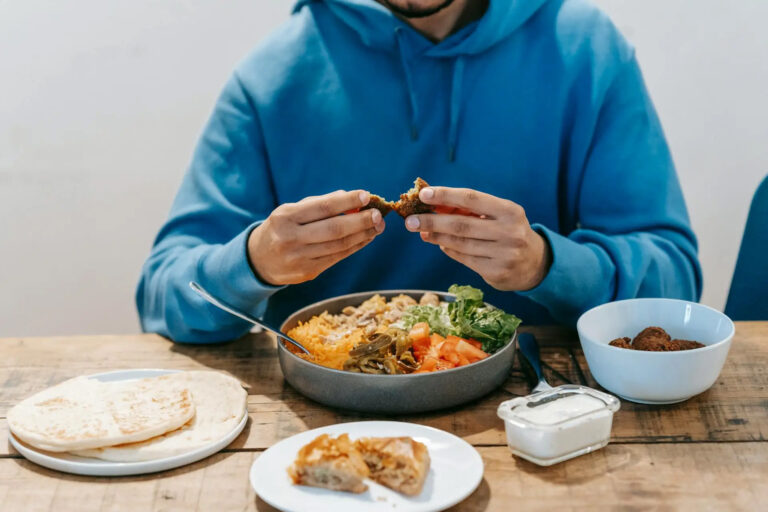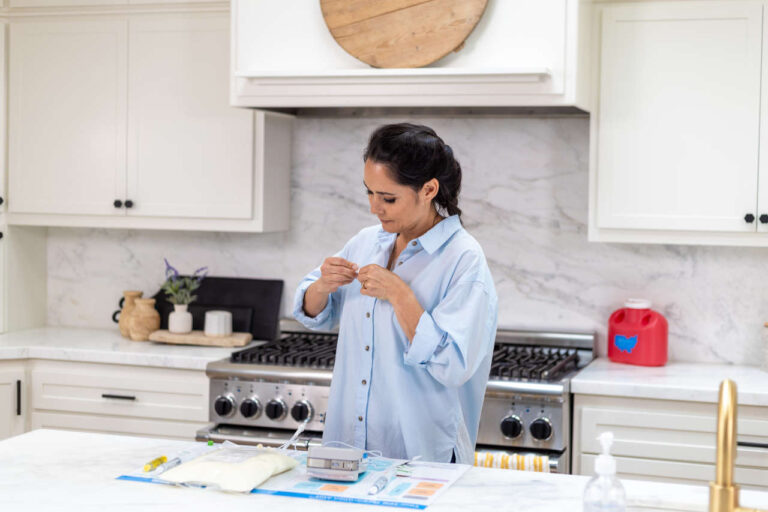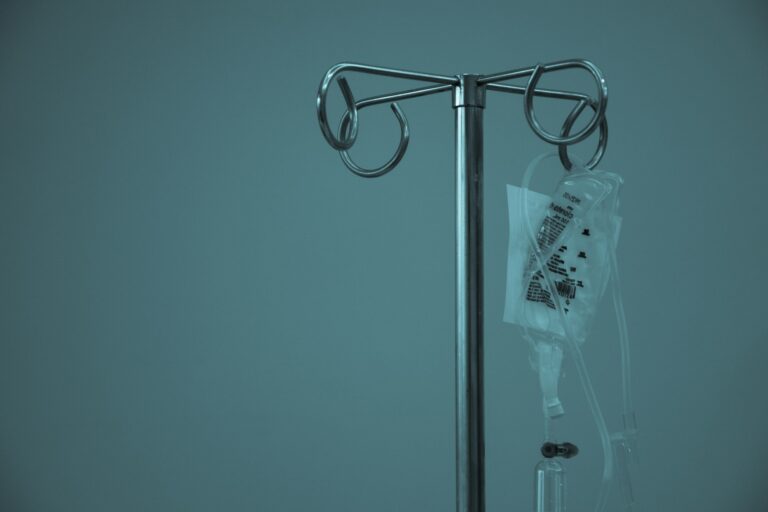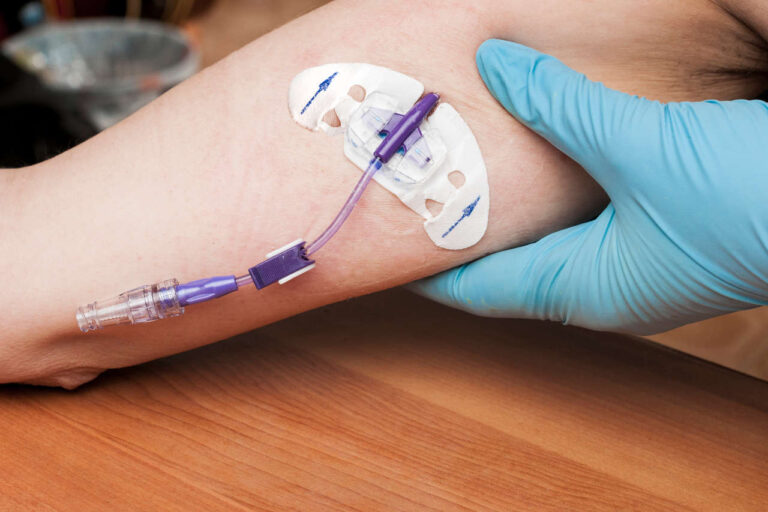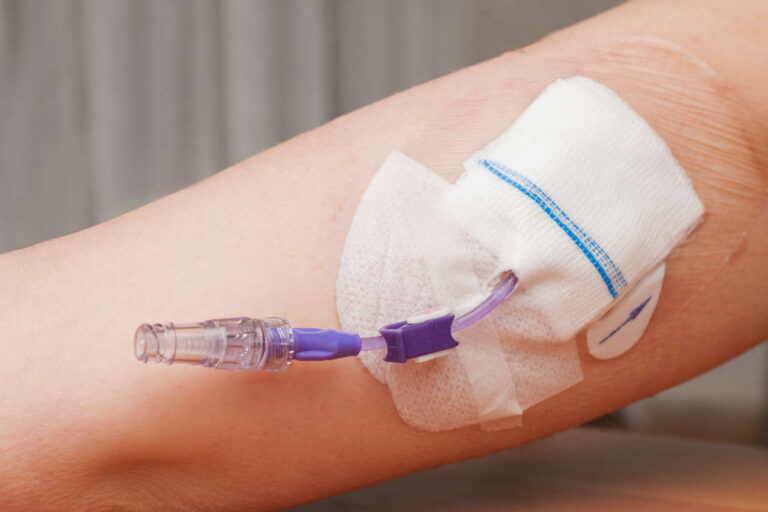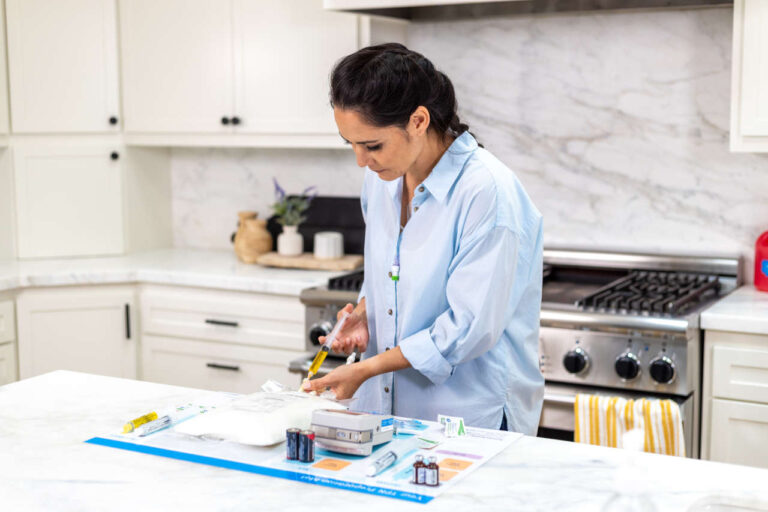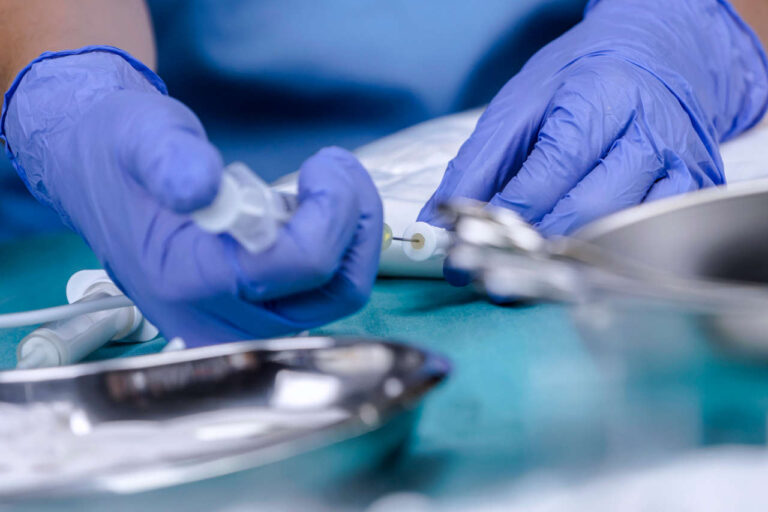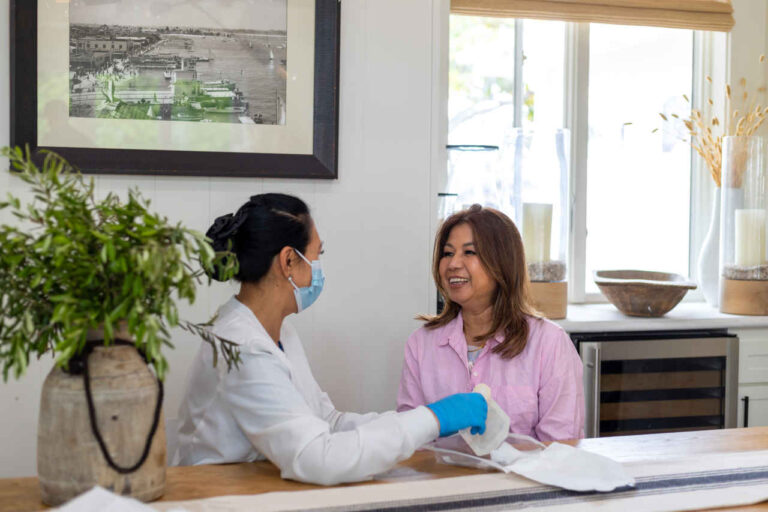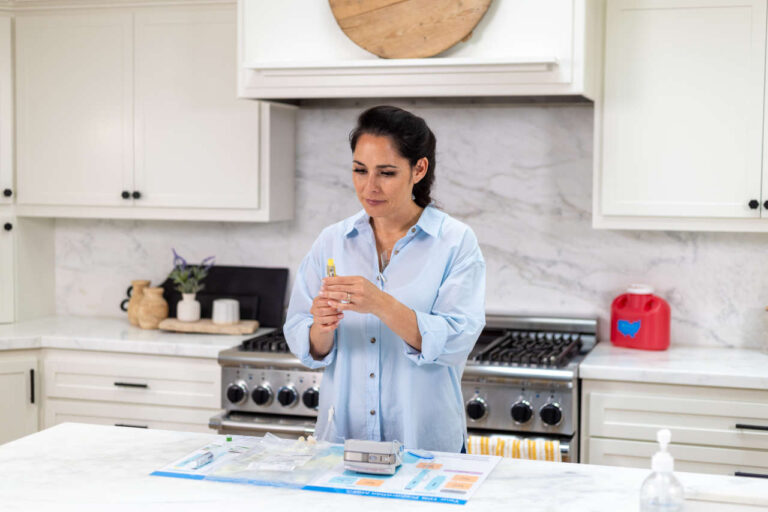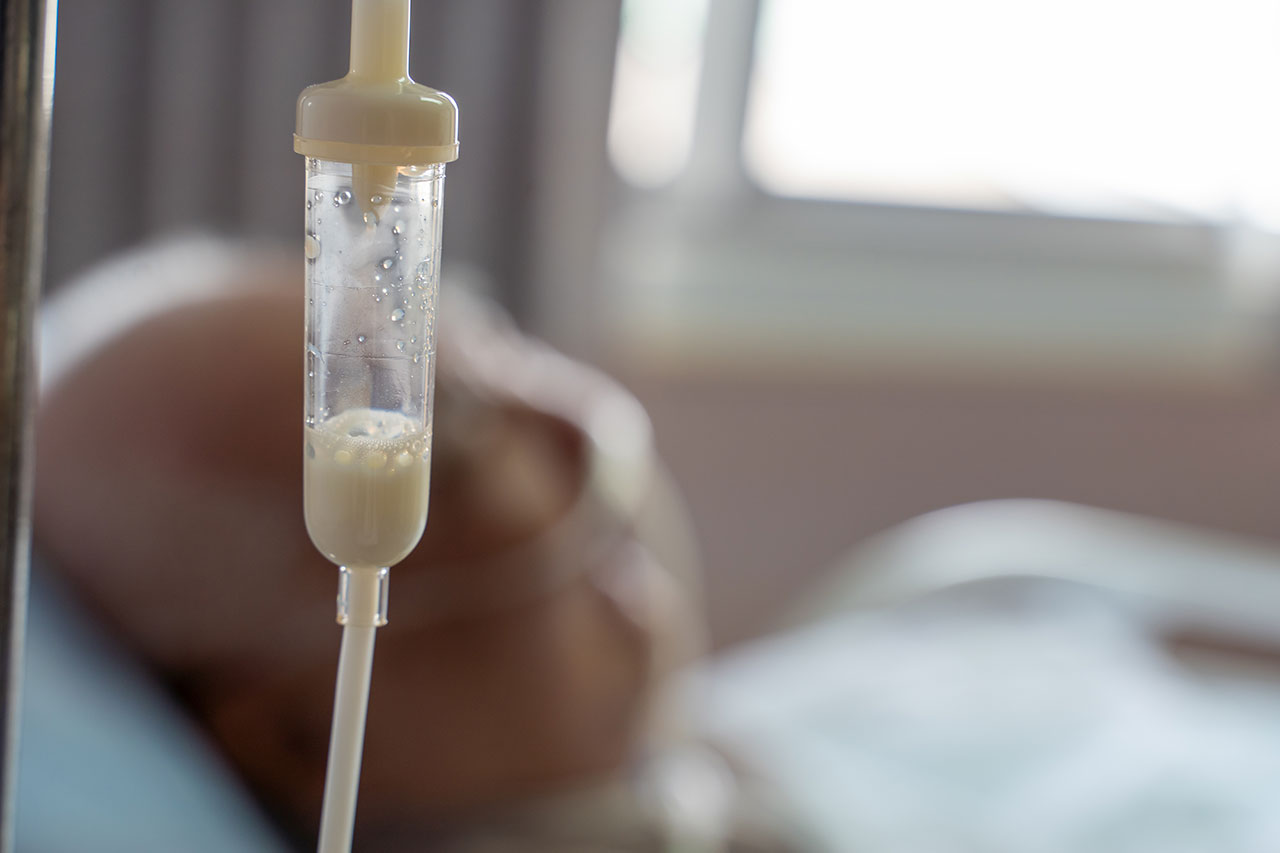
Полное парентеральное питание (TPN)
Total parenteral nutrition (TPN) is a nutritional support method used to administer essential nutrients intravenously directly into a patient’s bloodstream rather than into the gastrointestinal tract. TPN solution includes nutrients like sugar, minerals, proteins, carbohydrates, lipids, vitamins, and electrolytes. This method is also known as IV or intravenous nutrition feeding. It is the most recommended method for those patients who cannot eat due to their medical conditions. This includes:
- Intestinal obstruction
- Infants with immature gastrointestinal tracts or congenital gastrointestinal malformation
- Chronic diarrhea or vomiting
- Patients who are extremely undernourished and need surgery or chemotherapy
- Severe injury
- Ulcerative colitis
- Crohn’s disease
- Short bowel syndrome
- Patients who can have nothing by mouth (NPO) for more than 7 days
- Patients who have a nonfunctional or paralyzed gastrointestinal system [1]
IV Fluids Fully in Stock
Reliable supply for uninterrupted careMethod of TPN Administration
TPN involves a formula that is unique to each patient based on weekly lab results. Once a formula is determined by either a doctor or pharmacist, all the components are compounded into a daily infusion bag in which the patient will get infused via a small portable pump. TPN is administered over 24 hours initially and if tolerated well, can be cycled down to a daily 12 – 14 hour infusion.
TPN may be short-term or long-term, depending on a patient’s diagnosis and needs. If short-term, nutrition can be administered through a peripheral line that is inserted by a nurse and replaced every 3 – 5 days. This is called peripheral parenteral nutrition (PPN). Given the nature and placement into smaller veins, PPN is for nutritional support, rather than nutritional replacement, and the duration of PPN should be no more than 2 weeks.
Long-term TPN is usually administered through a central venous catheter (CVC). Common types are peripherally inserted central catheter (PICC), tunneled CVC, and implanted port.
Peripheral Inserted Central Catheter (PICC)
PICC lines are inserted by a nurse or doctor into one of the upper arm veins (basilic, brachial, cephalic, or medial cubital vein). The catheter is inserted peripherally and guided by radiographic imaging until the tip ends in the superior vena cava (vein above the heart). Once placed, the catheter tube will stick out of your skin. PICC lines can be used for TPN for up to 6 months as long as the catheter and the site of insertion are stable. After 6 months, these catheters will need to be replaced. Upon completion of treatment, PICC lines can safely be removed immediately by a nurse.
AmeriPharma® Specialty Care
Total Parenteral Nutrition | Leader In TPN AssistanceTunneled CVC
Tunneled CVCs are surgically placed by a nurse or doctor into a vein usually in the neck or chest (jugular or subclavian vein). The catheter is passed under the skin through a small incision and is then guided by radiographic imaging until the tip ends in the superior vena cava (vein above the heart). To keep it in place, the catheter will then be stitched to the skin at the place it exits and like a PICC, the catheter tube will stick out of your skin. Tunneled catheters can stay in for years. Once it needs to be removed, the patient must be referred back to interventional radiology, and it will be removed by a healthcare professional.
Implanted Port
An implanted port is more commonly known as a medi-port or port-a-cath. It is surgically placed usually on the right side of the chest under the skin. The catheter attached to the drum is short and also ends in the superior vena cava (vein above the heart). Once placed, you will only see a small quarter-sized bump under the skin. There will not be any visible catheters sticking out of the skin. Only when it needs to be used, a special type of needle called a Huber needle is inserted into the port by a nurse. Ports may stay placed indefinitely as long as the catheter remains stable. Removing a port also requires a referral back to interventional radiology, and it will be removed by a healthcare professional.
ССЫЛКИ:
- Total Parenteral Nutrition. Accessed on June 30, 2022. https://opentextbc.ca/clinicalskills/chapter/8-8/
- Central Venous Catheters: PICC Lines versus Ports. Accessed on June 30, 2022. https://www.healthline.com/health/breast-cancer-navigator/central-venous-catheters-picc-lines-versus-ports
